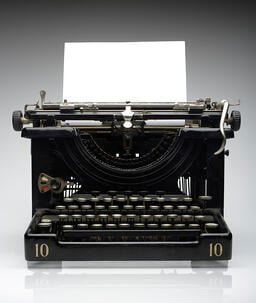When people think about a law career, their first thought is often of lawyers and judges. We often see these professionals dramatically depicted in popular films and TV shows as they question witnesses, uncover evidence, and cast verdicts. But you'd be mistaken if you thought the legal profession was limited to judges and attorneys. Paralegals make up a significant sector of careers in the law field, assisting attorneys every step of the way.
Is Paralegal Right for You? Take the Free Quiz!
Talk or Text: (713) 529-2778
Is Paralegal Career Training Right for You? Take the Free Quiz!
- Academics
- Paralegal Certificate
- Paralegal Degree
- Paralegal Courses
- Paralegal Profession
- Seminars
- Admissions
- Tuition
- Financial Aid
- Admissions Requirements
- Transfer Credits
- The Advantage
- About CALS
- Testimonials
- Accreditation
- History
- Faculty
- Staff
- Advisory Commitee
- FAQ
- Contact CALS
- Current Students
- Alumni
- Transcripts
- Alumni
- Paralegal Seminars
- Staff
- Employers
- Blog
- Canvas
Paralegal Blog





 Making the decision to go to college can raise some financial questions. What if it costs more than you think you can afford? What kind of financial aid can you receive? At
Making the decision to go to college can raise some financial questions. What if it costs more than you think you can afford? What kind of financial aid can you receive? At 









